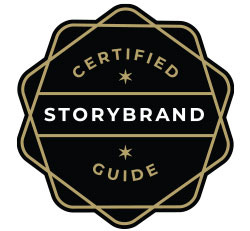The "Reverse StoryBrand" Method: What Donald Miller Got Right (and Wrong) in an AI-Driven Market
How to Test a Pattern-Breaking Alternative to StoryBrand Framework in an AI-Driven Market
As a certified StoryBrand Guide who has implemented this framework with numerous businesses, I've seen firsthand how powerful Donald Miller's methodology can be. His framework transformed how businesses communicate, making their message clearer and more customer-focused.
However, after working extensively with StoryBrand both as a certified guide and in …
Keep reading with a 7-day free trial
Subscribe to Signal>Noise to keep reading this post and get 7 days of free access to the full post archives.





